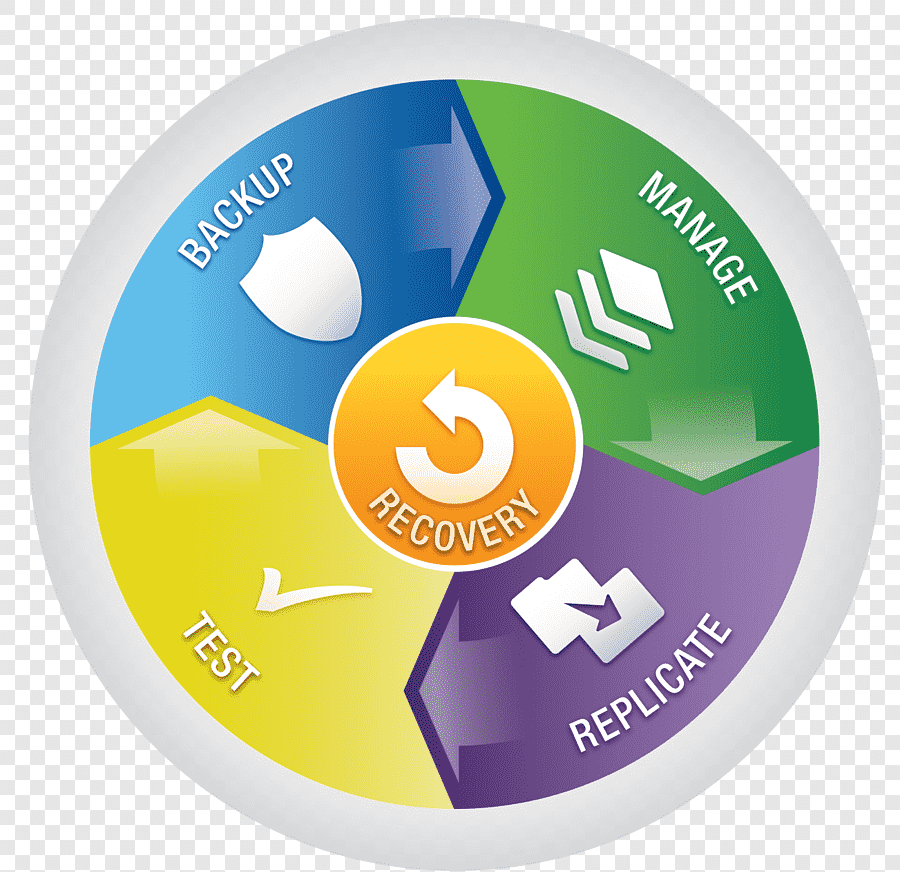BUSINESS IMPACT ANALYSIS (BIA)

What is Business Impact Analysis (BIA)?
A Business Impact Analysis (BIA) is a process that identifies the potential consequences of disruptions to your business operations. It helps you understand how different incidents, such as natural disasters, cyberattacks, or power outages, could impact your ability to function and generate revenue.
By understanding these potential impacts, you can prioritize resources and develop strategies to mitigate risks and ensure business continuity.
Benefits of Business Impact Analysis?
Improved Business Continuity and Disaster Recovery:
- Identify Critical Business Processes and a Assets: By understanding which processes and assets are most crucial for maintaining operations, you can prioritize resources and efforts for their protection and recovery in case of disruptions.
- Develop Effective Contingency Plans: BIA results inform the creation of targeted and efficient contingency plans that address specific vulnerabilities and recovery times for critical processes.
- Minimize Downtime and Financial Losses: Faster recovery from disruptions translates to less downtime and reduced financial losses, safeguarding your organization’s bottom line.
- Quantify Potential Risks: BIA assigns values to potential risks based on their impact on critical processes, allowing for informed decision-making regarding risk mitigation strategies and resource allocation.
- Prioritize Risk Mitigation Efforts: By understanding the most impactful risks, you can prioritize spending and efforts on addressing the most critical threats first, optimizing your risk management strategy.
- Demonstrate Compliance with Regulations: Certain industries have regulations requiring BIA for specific types of data or critical infrastructure. Conducting a BIA helps demonstrate compliance with these regulations.


Benefits Of Business Impact Analysis?
Improved business continuity and disaster recovery:
- Identify critical business processes and assets: By understanding which processes and assets are most crucial for maintaining operations, you can prioritize resources and efforts for their protection and recovery in case of disruptions.
- Develop effective contingency plans: BIA results inform the creation of targeted and efficient contingency plans that address specific vulnerabilities and recovery times for critical processes.
- Minimize downtime and financial losses: Faster recovery from disruptions translates to less downtime and reduced financial losses, safeguarding your organization’s bottom line.
Enhanced risk management and decision-making:
- Quantify potential risks: BIA assigns values to potential risks based on their impact on critical processes, allowing for informed decision-making regarding risk mitigation strategies and resource allocation.
- Prioritize risk mitigation efforts: By understanding the most impactful risks, you can prioritize spending and efforts on addressing the most critical threats first, optimizing your risk management strategy.
- Demonstrate compliance with regulations: Certain industries have regulations requiring BIA for specific types of data or critical infrastructure. Conducting a BIA helps demonstrate compliance with these regulations.
Our Approach
1. Planning and Scoping:
- Define Objectives: Clearly outlining the goals of the assessment, such as identifying gaps in existing plans, evaluating recovery capabilities, or aligning plans with new risks.
- Determine Scope: Specifying which areas of the BCMS will be assessed, such as specific business units, critical processes, or recovery plans.
- Assign Roles and Responsibilities: Identifying team members responsible for different aspects of the assessment, including data collection, analysis, and reporting.
2. Data Collection and Analysis:
- Document Review: Analyzing existing BCMS documentation, including business impact analysis (BIA), risk assessments, incident response plans, and recovery plans.
- Interviews and Surveys: Conducting interviews with key stakeholders across various departments to gather insights and perspectives on the BCMS.
- Testing and Exercises: Simulating real-world scenarios to assess the effectiveness of recovery plans and identifying areas for improvement.
- Compliance Audits: Verifying adherence to relevant regulations and standards like ISO 22301.
3. Gap Analysis and Risk Identification:
- Comparing Current State with Desired State: Comparing the findings of the assessment with your organization's desired level of business continuity resilience.
- Identifying Gaps and Weaknesses: Pinpointing areas where your BCMS is lacking or could be improved, such as outdated plans, inadequate training, or unclear communication protocols.
- Evaluating Risks: Assessing the potential impact of identified gaps and weaknesses on your ability to recover from disruptions.
4. Reporting and Recommendations:
- Document Findings: Compiling a comprehensive report summarizing the assessment results, identified gaps, risks, and recommendations for improvement.
- Prioritize Recommendations: Based on the potential impact and feasibility, prioritize recommended actions to address the most critical gaps first.
- Present Findings and Recommendations: Sharing the report with relevant stakeholders and management for decision-making and implementation planning.
5. Improvement and Monitoring:
- Developing an Action Plan: Defining specific actions, timelines, and responsible parties to address the identified recommendations.
- Implementing and Monitoring Improvements: Tracking progress on implementing the action plan and monitor the effectiveness of the updated BCMS.
- Regular Assessments: Conducting periodic BCMS current state assessments to ensure continuous improvement and alignment with evolving business needs and threats.






